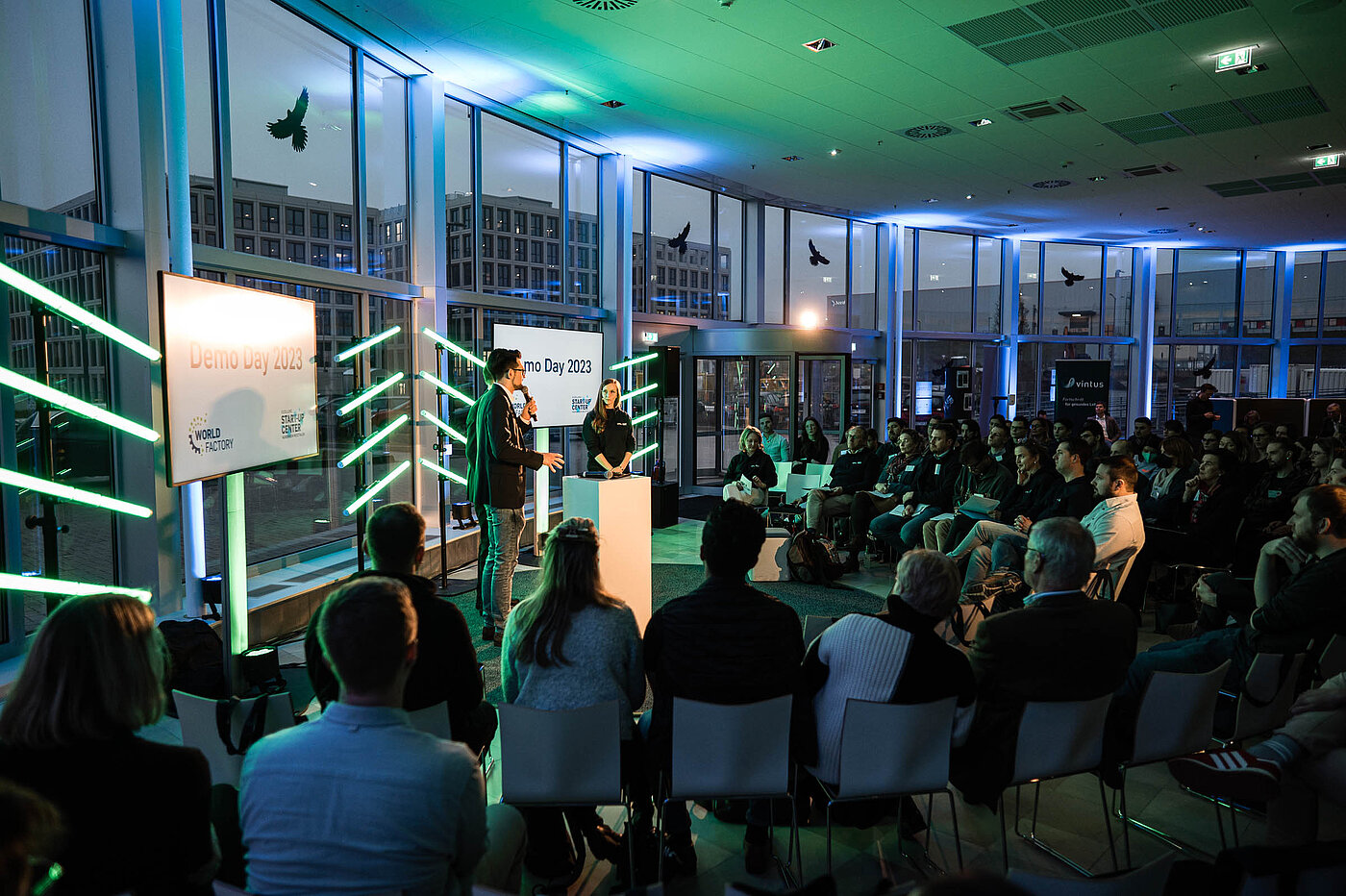In guiding organizations through their innovation journeys, we’ve found that breaking down the process into key dimensions simplifies understanding. The four key organizational dimensions are strategy, capabilities, structures, and culture - each critical to fostering innovation success. We help clients built agile innovation organizations in Asia that are adapted to local conditions, while remaining in alignment with global standards and practices.
Strategy: Leadership makes deliberate choices to position an organization for long-term success. We help to align innovation programs closely with these strategic goals to ensure that the outcomes of innovation initiatives can be integrated into core commercial and operational activities. During strategy setting, it is also important to define the capacity — the time, will, and authority — that will be dedicated to execute innovation.
Capabilities: The right people, knowledge, and resources are required to drive innovation. This includes individual and team expertise, institutional knowledge, and financial capital. We help companies make an honest assessment of their organization’s capabilities in order to define the right scope and ambition level. Many innovation efforts fail when leaders set an ambition level that is not supported by sufficient capabilities.
Structures: Capabilities can only be used effectively when they are supported by robust organizational design, decision-making processes, and communication channels. Without the right structure, even the best ideas will not be realized. Tools like innovation management software can help streamline processes, enabling teams to act quickly and make independent decisions. In Asia, we recommend designing a structure that enables local decision making, while keeping headquarters informed and aligned.
Culture: A strong innovation culture attracts and retains the right talent. The right culture encourages behaviors that foster creativity and collaboration while discouraging counterproductive actions. Over time, a supportive culture amplifies the organization’s ability to innovate more broadly, beyond the confines of the dedicated innovation team. We help to drive culture change in Asian organizations where large supply chain and sales organizations have often operated for years without being asked to contribute to innovation efforts.
Once an effective innovation organization is in place, the real work begins. There are four core implementation jobs that every innovation team must execute well, idea generation, DVF validation (desirability, viability, feasibility), MVP development (minimum viable product), and KPI management. Since innovation resources are often scarce outside of headquarters, we focus on helping organizations execute quickly and cost effectively by leveraging internal and external resources.
Idea Generation: We help organizations build a scalable innovation funnel through push and pull initiatives. Push-based innovation is internally driven, often focusing on new technology to solve assumed market challenges. Organizations like pharmaceutical companies adopt this model, which relies heavily on R&D advancements and internal insights. Pull-based innovation is more customer-centric, adapting quickly to shifting market demands by deploying existing technologies to address newly discovered needs. Organizations using this model prioritize speed to market.
DVF Validation (Desirability, Viability, Feasibility): We validate ideas across three critical dimensions: desirability, to ensure the solution meets real customer needs; viability, to confirm that the solution can be profitable; and feasibility, to verify that the organization has the resources to deliver the solution. This framework enables organizations to balance market needs with operational and financial realities, reducing the risk of failure and ensuring that the solution is market-relevant and scalable.
MVP Development (Minimum Viable Product): Innovation portfolio ROI is maximized when orgnaizations focus on building the simplest version of a product that delivers core functionality. The goal is to validate the concept and gather critical user feedback before investing heavily in bringing a product to market. We apply this iterative process to minimize development costs and risks, while ensuring alignment with customer needs.
Innovation KPI Management: We believe strongly in a structured approach to innovation management using input and output metrics. Input metrics gauge the resources invested in innovation. These are the "I" in ROI, measuring aspects like R&D or innovation spending as a percentage of the total budget. Output metrics measure the tangible results of innovation efforts, the "R" in ROI. Examples include the number of successful product launches in the past year or the percentage of total revenue generated by recent innovations. These metrics help validate whether innovation initiatives are delivering meaningful outcomes.






















